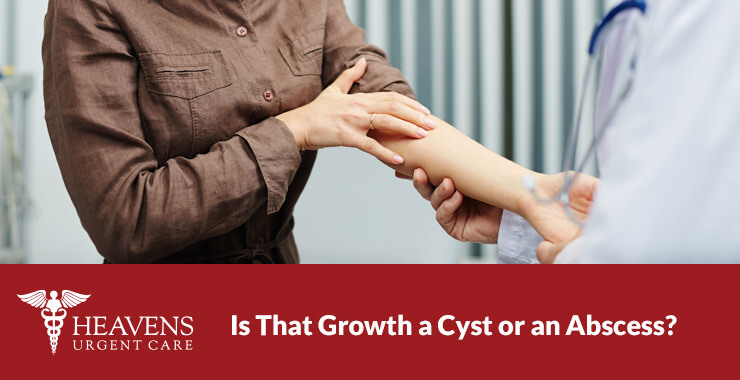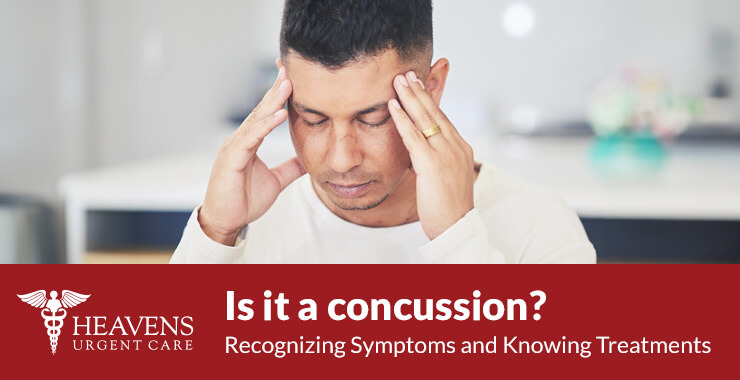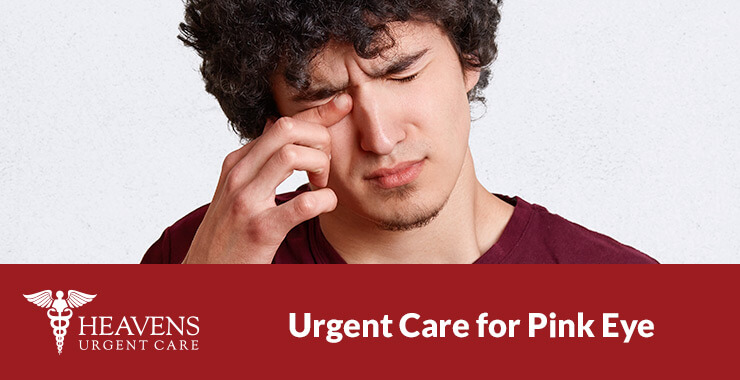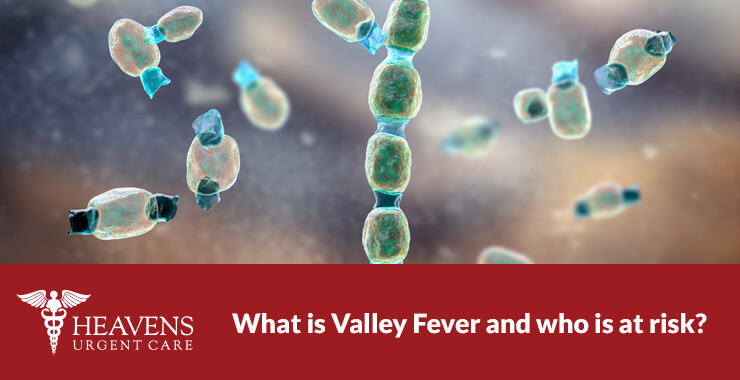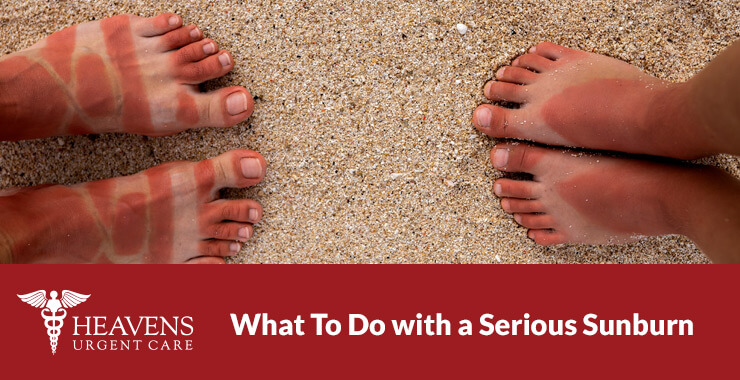Are you feeling anxious about that growing lump under your skin? While at first glance cysts and abscesses may seem the same, they are very different in how they form and how they function.
A cyst is a closed sac filled with fluid, pus, or other material that can form in different parts of the body. They can vary in size and may require medical attention depending on their location and whether they cause symptoms.
Skin abscesses, or boils, often appear as swollen, tender, and painful bumps or lumps beneath the skin. They may feel warm to the touch and may be accompanied by redness and inflammation in the surrounding area. As the abscess matures, it may develop a “head” or a visible center filled with pus. Where cysts can feel like a painless pea under the skin, abscesses are tender, red, and warm to the touch.
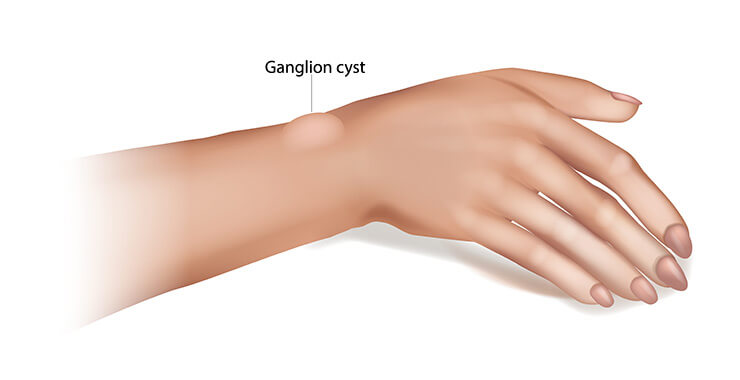
Is it a cyst?
Identifying a skin cyst involves observing a small, round bump beneath the skin. It’s often painless and may be smooth or have a white or yellowish center. Sometimes it can be red and inflamed. Skin cysts can grow slowly over time and may be movable under the skin. Cysts can appear inflamed and reddish, with a yellow or white hue at the core.
Common Types of Cysts
- Sebaceous Cysts form out of the sebaceous gland and are usually filled with dead skin cells, keratin, lipids, and other skin particles. Sebaceous cysts can appear on the face, neck, trunk, back, groin, scalp, or ears. They are more common in adults than children.
- Pilar Cysts are benign, noncancerous cysts that form from hair follicles that develop under the skin. They affect less than 10% of the population and are most often found on the scalp, face, neck, arms, and legs.
- Epidermoid Cysts are benign growths that develop beneath the skin. They typically form when the top layer of skin cells (epidermis) grows into the deeper layers instead of shedding normally. This abnormal growth causes a sac to form, which fills with keratin, a protein found in skin, hair, and nails.
- Ganglion Cysts are fluid-filled bumps that grow on a joint or tendon sheath. Usually, they are round, small, and painless, but can sometimes be painful if they press on a nerve. Ganglion cysts are the most common soft tissue mass found in the hand and wrist, but they can also occur in the knee and foot.
- Ovarian Cysts are growths that occur on the ovaries, typically developing during the process of ovulation. Most ovarian cysts are small and go away on their own in a few months without needing treatment. However, they can occasionally produce bloating, lower abdominal pain, or lower back pain. If the cyst breaks open or causes twisting of the ovary, it may cause severe pain.
What Causes a Cyst?
- Blocked glands: When the opening of a hair follicle or oil gland becomes blocked, it can lead to the accumulation of fluid or other materials under the skin, resulting in a cyst.
- Trauma: Injuries to the skin, such as cuts or punctures, can sometimes trigger the formation of a cyst as part of the healing process.
- Infections: Bacterial infections of the skin can cause inflammation and lead to the formation of cysts as the body tries to contain the infection.
- Hormonal changes: Hormonal fluctuations, particularly during puberty or pregnancy, can influence the activity of oil glands in the skin and increase the likelihood of cyst formation.
- Genetic predisposition: Some people may be more prone to developing cysts due to genetic factors that affect the structure and function of their skin glands.
Cyst Treatments
Small cysts or asymptomatic cysts may heal on their own without needing any professional medical intervention. To help ease discomfort and promote healing, we suggest applying a warm compress to the affected area for 20 minutes several times throughout the day.
If needed, an urgent care treatment would involve draining and/or surgically removing the cyst. Medications, like anti-inflammatory drugs, corticosteroid injections, or topical treatments may also be used to reduce inflammation.
CAUTION: You should never attempt to drain or remove a cyst without a medical professional. Doing this can cause an infection and may create additional complications. Always visit a medical provider for professional care instead of attempting any at-home treatments.
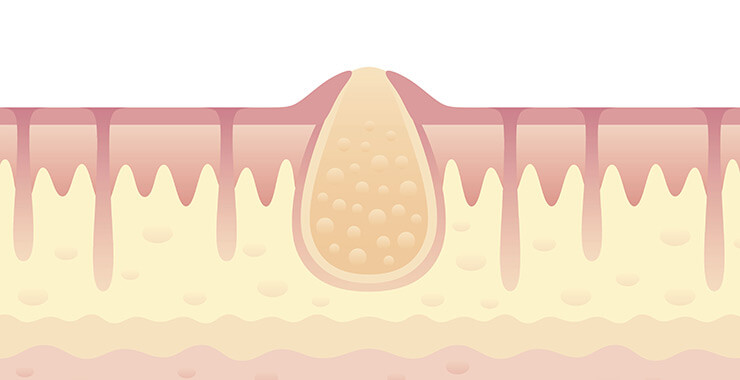
What is an Abscess?
One of the ways the body can heal from an infection is to create a skin abscess. An abscess can form after bacteria gets into a cut and causes an infection. When this happens the body’s immune system sends white blood cells to fight the infection.
It’s these helpful white blood cells that collect under the surface of the skin that make pus. When pus accumulates but is unable to drain, it results in a painful abscess formation.
Usually, this infection is triggered by a certain kind of staph bacteria. The bacteria that reside on the skin, Staph aureus and MRSA (methicillin-resistant Staph aureus), are predominantly responsible for causing abscesses.
Signs of a Skin Abscess
Signs of a skin abscess, also known as a boil, look like a smooth swelling under your skin that can feel hard and pebble-like and is warm, red, and tender to the touch. There is pain and tenderness in the affected area. Many skin abscesses produce puss or purulent drainage.
The medical term for pus leakage is purulent drainage. Pus, or purulent, drainage is a thick, milky discharge from a wound that indicates an infection that needs immediate medical treatment. Pus is made up of white blood cells trying to fight infection.
The fluid may also have an unpleasant smell and vary in color, from grayish or yellow to green or even brown. Purulent drainage usually indicates a sign of an infection.
Both cysts and abscesses can appear on the surface of the skin or beneath the skin anywhere on the body. But unlike cysts, abscesses can cause fever, chills, and fatigue in addition to pain.
Abscess Treatment
At first glance, it can be difficult to distinguish between an abscess, cyst, or boil, so it is important to have it examined and diagnosed by a medical professional.
Additionally, if a skin abscess doesn’t drain on its own, it’s time to call your doctor so that it can be drained in a medical office. A medical provider at Heavens Urgent Care will typically numb the area, then lance (make a small cut) the abscess to allow the pus to drain.
The wound is allowed to drain and then recover naturally. Some abscesses are managed with antibiotics, but it’s not always required. If you are prescribed antibiotics, ensure to complete the entire course as instructed, even if you begin to feel improvement.
Refrain from poking, pressing, bursting, or compressing the abscess as it can spread the infection to other skin areas, making the symptoms worse. Before and after handling the abscess, it’s crucial to thoroughly clean your hands.
When to Call a Doctor
Call a doctor if:
- The abscess fails to drain even after several days of applying warm compresses.
- The abscess becomes more painful, swollen, and/or red
- the infected area begins to develop red streaks
- You develop a fever or chills
- If you are suddenly getting sicker or feel more tired
If you’re experiencing cysts or abscesses, schedule ahead at Heavens Urgent Care, or walk right in to our facility located at 95 S Idaho Road, #140, in Apache Junction, Arizona where our medical professionals can see you for same-day treatments for cysts and abscesses.
Please note that this article is meant to provide information only and does not constitute a medical diagnosis, advice, or treatment. This must be done either in-clinic or through our virtual online care.

